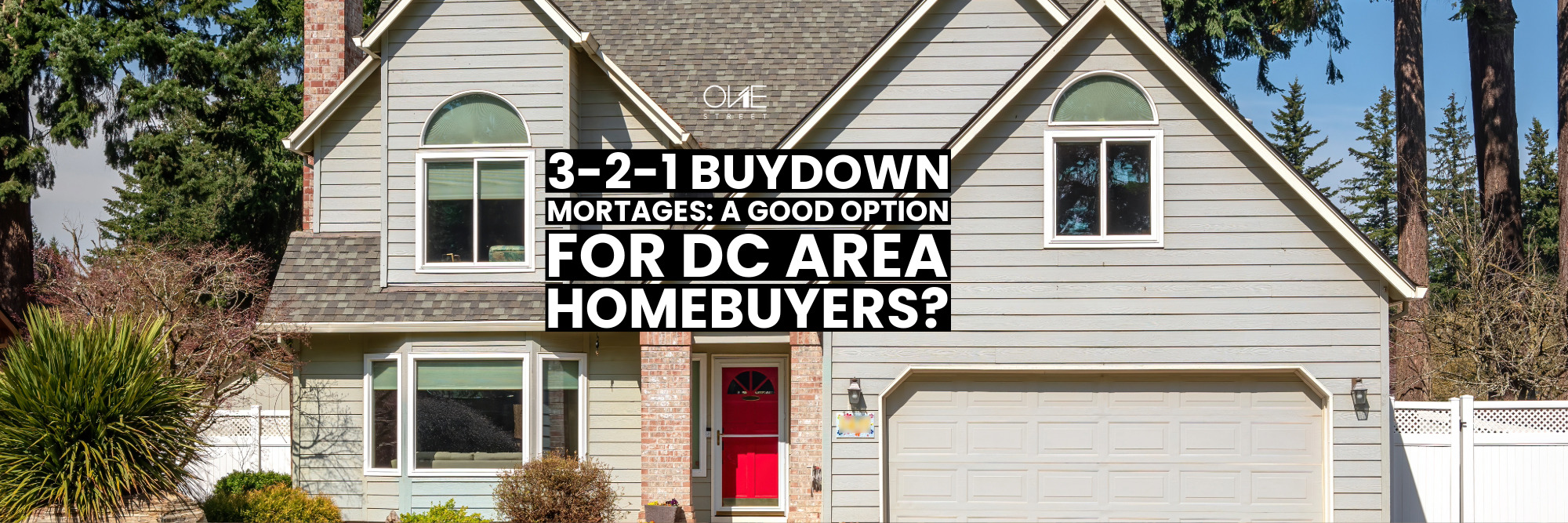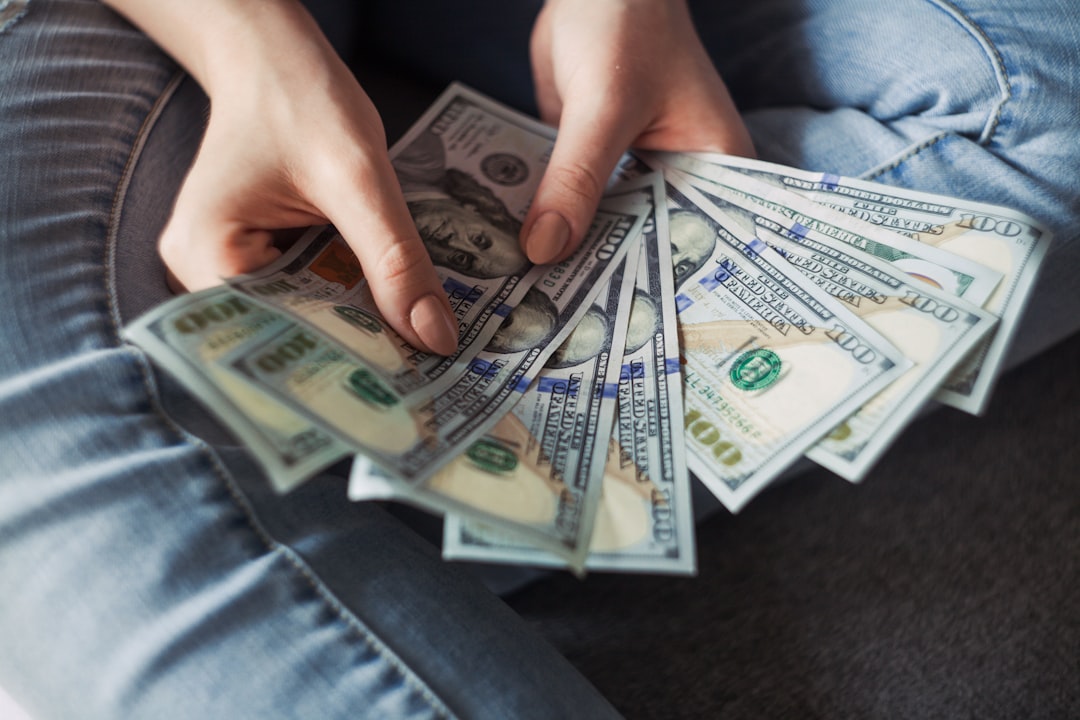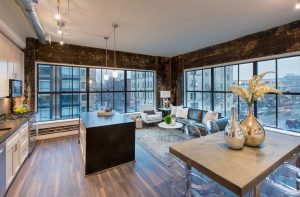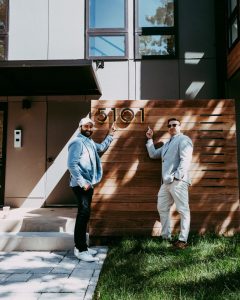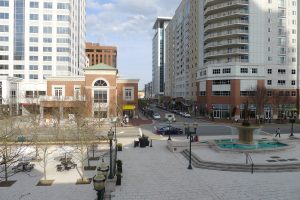How Does a 3-2-1 Buydown Mortgage Work?
Do today’s higher interest rates on mortgages in the Washington, DC area make homeownership seem unattainable? Do you wonder whether you’ll be stuck renting forever? A 3-2-1 buydown mortgage might offer the solution you’re looking for.
In this mortgage arrangement, the interest rate on your mortgage is decreased for the initial three years of the loan term. As the borrower, you pay a lower-than-normal interest rate over the first three years of the loan. This provides relief during the crucial early period of homeownership.
After this period, the original mortgage rate is reinstated and remains fixed for the life of the loan.
This comprehensive guide explains the mechanics of a 3-2-1 buydown mortgage so you can determine whether it aligns with your financial goals.
Key Points to Remember:
- With a 3-2-1 buydown mortgage, borrowers enjoy a reduced interest rate during the initial three years of the loan.
- The interest rate decreases by 3% in the first year, 2% in the second year, and 1% in the third year. For instance, a mortgage with a 5% interest rate would be lowered to 2% in the first year.
- Upon the conclusion of the buydown period, the lender applies the full interest rate for the remainder of the mortgage’s term.
- Sellers, including home builders, frequently employ buydowns to facilitate property purchases for buyers.
More In-Depth with 3-2-1 Buydowns
A buydown serves as a financing strategy wherein a homebuyer secures a reduced interest rate for the initial years of the mortgage, potentially extending to its entirety. This concept parallels the practice of purchasing discount points on a mortgage to secure a lower interest rate, albeit temporarily.
Typically, the expense of a 3-2-1 buydown is covered by the seller, homebuilder, or sometimes even the mortgage lender. This cost corresponds to the buyer’s savings during the initial three years.
3-2-1 buydown mortgages are available for primary and secondary homes only; investment properties are ineligible. This buydown option is also incompatible with adjustable-rate mortgages (ARMs) featuring an initial period of fewer than five years.
Under a 3-2-1 buydown mortgage, the interest rate is decreased by 3% in the first year, followed by 2% in the second year, and 1% in the third year. Subsequently, the original interest rate resumes for the remainder of the loan term.
In contrast, a 2-1 buydown involves a rate reduction of 2% in the first year, 1% in the second year, with the interest rate reverting to its original level after the buydown period concludes.Pros and Cons of Buydown Mortgages in the Washington, DC Area
3-2-1 Buydown Mortgage: The Upsides
In periods of elevated mortgage rates that deter home purchases, a 3-2-1 buydown mortgage can be an appealing solution for potential homebuyer
- They provide home sellers with a tool to attract buyers amid challenging housing market conditions.
- Buydown loans offer advantages for borrowers who anticipate increased incomes in the future but lack immediate funds.
- During the initial three years of reduced monthly payments, borrowers can allocate funds for various expenses such as home renovations or repairs.
- Upon the mortgage resetting to its permanent interest rate, borrowers gain the certainty of stable payments for years ahead, facilitating effective budget management.
- Opting for a fixed-rate 3-2-1 buydown mortgage entails lower risk compared to adjustable-rate mortgages (ARMs) or variable-rate mortgages, where future interest rate hikes could lead to increased monthly payments.
Drawbacks of a 3-2-1 Interest Rate Buydown:
- The risk of tempting borrowers into purchasing homes beyond their financial means.
- The temporary reduction in monthly costs necessitates readiness for an eventual increase in payments.
- Borrowers assuming future income growth to accommodate higher payments might face financial strain if such expectations are not met.
- Temporary interest rate buydowns serve as an alternative to price reductions for sellers and homebuilders, typically offered during periods of elevated mortgage interest rates affecting home affordability
Who Funds the 3-2-1 Buydown Mortgage?
The initial three years of a buydown mortgage term yield savings for homebuyers in the Washington, DC area, essentially covering the expense of a 3-2-1 buydown mortgage. Typically, the seller, homebuilder, or even the lender takes on this cost. For instance, sellers driven to facilitate transactions may willingly absorb the cost to attract buyers and finalize sales.
In certain scenarios, companies relocating employees to new cities may foot the buydown expense to alleviate relocation costs. Additionally, real estate developers commonly offer buydowns as enticements to prospective buyers of newly constructed homes.
Is a 3-2-1 Buydown Mortgage the Right Solution For You?
It’s important to recognize the potential risks associated with obtaining a 3-2-1 buydown mortgage based on the assumption of future income growth to cover higher payments in the later years.Therefore, assessing the stability of your employment and considering unforeseen circumstances that could impact your ability to manage mortgage payments in the fourth year is crucial.
Furthermore, if you’re responsible for covering the buydown cost, you must evaluate whether paying upfront cash is justified by several years of reduced payments.
For instance, you might have alternative uses for the money, such as investing or paying off high-interest debts like credit cards or car loans. If you have surplus cash available and no pressing financial needs, a 3-2-1 buydown mortgage could be a viable option.
When another party covers the buydown expense, the decision becomes somewhat simpler. However, it’s still important to consider whether the maximum monthly payments will remain manageable. Could the initial attractive rates tempt you into purchasing a more expensive home and taking on a larger mortgage than you can afford?
Moreover, it’s essential to ensure that the home is priced fairly and that the seller isn’t inflating the price to offset the buydown costs.
What Are the Costs?
The cost of a 3-2-1 buydown mortgage is determined by the total savings accrued by the buyer during the three-year period of lower interest rates.
3-2-1 Buydown Mortgage Requirements
You Must be Able to Afford Mortgage Payments at the Original Rate
For homebuyers, particularly if someone else, such as the seller, is footing the bill, a 3-2-1 buydown mortgage can represent a favorable option. However, buyers must ensure they can reasonably afford their mortgage payments once the full interest rate takes effect in the fourth year. Failure to do so could lead to financial strain or even foreclosure.
A 3-2-1 buydown mortgage presents homebuyers with a financing solution amidst a high-interest rate environment. It allows for savings on monthly loan payments during the initial three years. However, borrowers must be prepared for the subsequent increase in monthly payments to the original interest rate in the fourth year, which remains consistent for the duration of the mortgage.
If you understand the risks, it can help you secure a home despite unfavorable market conditions.

